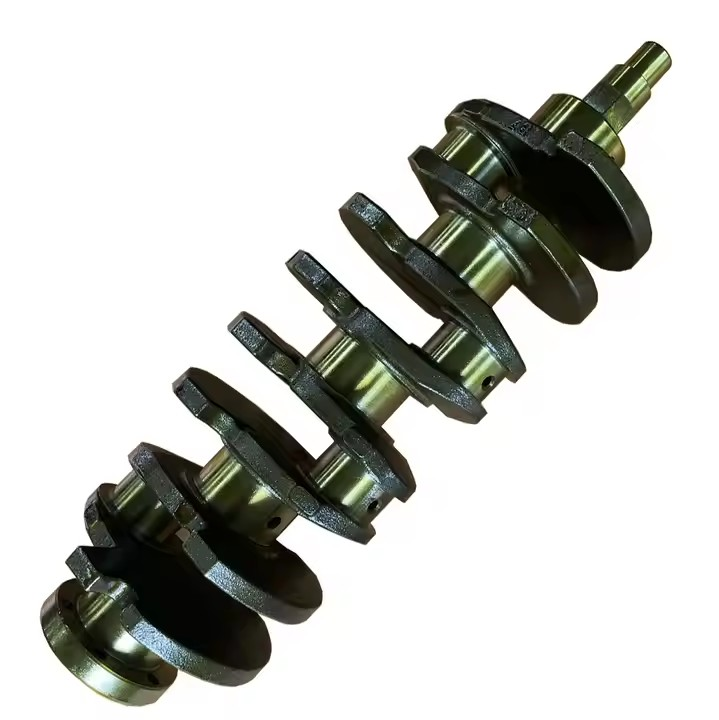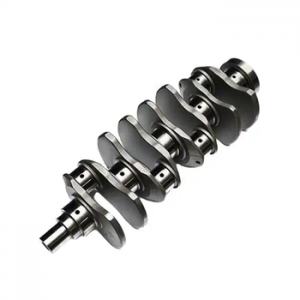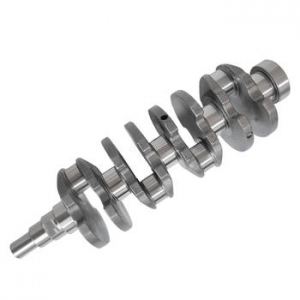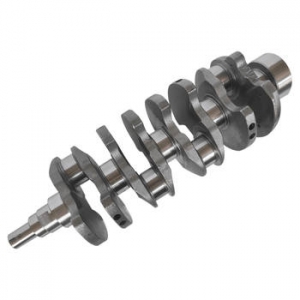A connecting rod journal is a critical component of an internal combustion engine. It is a bearing surface located on the connecting rod that connects the piston to the crankshaft. The journal's primary function is to provide a smooth and precise rotational motion between the connecting rod and the crankshaft. The connecting rod journal's performance can significantly impact the engine's overall efficiency and longevity.
What is a Connecting Rod Journal?
The connecting rod journal is a cylindrical bearing surface that is located on the big end of the connecting rod. It is responsible for connecting the piston to the crankshaft and transferring the force generated by the combustion process to the crankshaft. The journal's size, shape, and material are all critical factors that can affect its performance.
Types of Connecting Rod Journal Materials
Connecting rod journals are made from various materials, including steel, cast iron, and aluminum alloys. Steel is the most common material used due to its high strength and durability. It is often used in high-performance engines due to its ability to withstand high loads and temperatures. Cast iron is also used in some applications due to its excellent wear resistance. Aluminum alloys are used in high-performance engines due to their lightweight and high strength-to-weight ratio.
- Steel: High strength and durability, often used in high-performance engines.
- Cast Iron: Excellent wear resistance, used in some applications.
- Aluminum Alloys: Lightweight and high strength-to-weight ratio, used in high-performance engines.
Factors Affecting Connecting Rod Journal Performance
Several factors can affect the performance of a connecting rod journal. These include the journal's size, surface finish, and lubrication. The journal's size must be carefully selected to match the engine's specifications. A journal that is too small can cause excessive wear, while a journal that is too large can cause excessive clearance. The surface finish of the journal is also critical, as it affects the lubrication and wear characteristics. Proper lubrication is essential to ensure that the journal operates smoothly and efficiently.
Common Connecting Rod Journal Problems and Solutions
Connecting rod journals can experience several problems, including wear, pitting, and scoring. Wear is the most common issue and can be caused by improper lubrication, misalignment, or contamination. Pitting and scoring are more severe forms of wear that can cause significant damage to the journal. The best way to prevent these issues is to ensure proper lubrication, alignment, and maintenance. If the journal is damaged, it may need to be replaced or resurfaced.
Choosing the Right Connecting Rod Journal for Your Engine
When selecting a connecting rod journal, it is essential to consider the engine's specifications and performance requirements. Factors such as the engine's horsepower, RPM range, and fuel type can all affect the journal's performance. It is also essential to consider the journal's material, size, and surface finish. A qualified automotive engineer or technician can help you choose the right connecting rod journal for your engine.
Benefits of Using High-Quality Connecting Rod Journals
Using high-quality connecting rod journals can provide several benefits, including improved engine performance, reduced wear, and increased longevity. High-quality journals are made from premium materials and are precision-engineered to ensure optimal performance. They can also help reduce friction and improve fuel efficiency, resulting in cost savings over time. Investing in high-quality connecting rod journals is an excellent way to ensure that your engine operates at its best.





